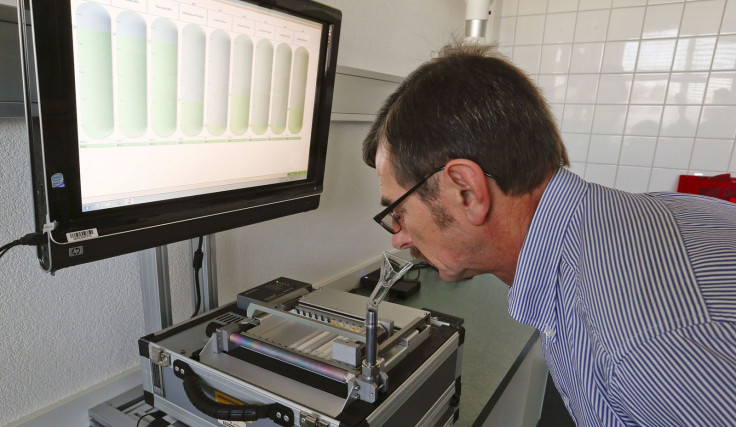This Breathalyzer Claims To Detect Lung Cancer And 17 Different Diseases

Scientists have developed experimental breath analyzers, but most of these devices only focused on a single type of disease, such as cancer.
Researchers from the Israel Institute of Technology have created a device that can identify 17 different diseases, including lung cancer or Parkinson’s disease.
The researchers developed an array of nanoscale sensors to detect the components in breath samples from more than 1,400 patients who were either healthy or had one of 17 different diseases, such as kidney cancer, Parkinson’s disease, pulmonary hypertension and other diseases. Each sample was then passed through the breathalyzer, which could detect the types of chemicals and in what quantities.
As the researchers report in the journal ACS Nano, the data from the breathalyzer could detect if a person is suffering from diseases almost nine out of ten times. Each of the diseases, whether its kidney cancer or multiple sclerosis, had its own “breath point.”
Research lead Prof. Hossam Haick said in a video “These odor signatures are what enables us to identify the diseases using the technology that we developed.”
The team then built an artificial intelligent nanoarray called the No-Nose, so it can pick up the ratio of the chemicals. It uses sensors to detect the different compounds. The data is then analyzed by an artificial intelligence system, which can determine the patient's age, gender, etc.
“When it comes to lung cancer - we can increase the survival rate from 10 to 70 percent by early diagnosis," Haick said in a video. “It can even be used to identify people who aren’t even sick yet, but have a higher risk for certain health conditions.”
© Copyright IBTimes 2024. All rights reserved.





















